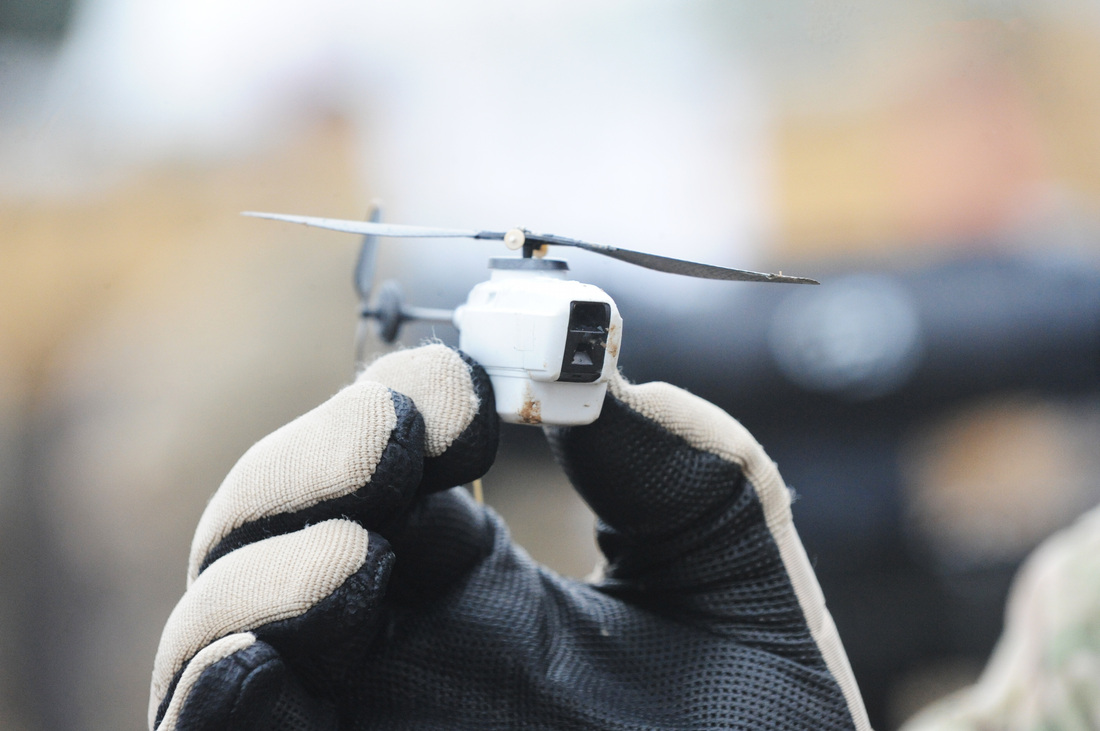versatility of unmanned aircraft compared to manned
|
Picture references from top to bottom:
http://www.stripes.com/news/unmanned-now-undermanned-air-force-struggles-to-fill-pilot-slots-for-drones-1.236906 http://www.militaryfactory.com/aircraft/detail.asp?aircraft_id=1117 |
Unmanned aircraft have distinct advantages over manned aircraft. The necessity for less material, the overall lesser cost, and the availability of utilization at almost any time, anywhere.
There are many different ways to use a UAV, which means there are many different ways to make them. However, when compared to typical manned aircraft, non-military UAVs are almost always made of less material. This is easily understood by simply looking at them. UAVs do not need to provide room or safety features for pilots or passengers, cargo space is limited (if not completely unnecessary), and due to limitations on altitude climbs, the materials themselves may be made of a lighter alloy or metal. Some UAVs, like the pocket sized Prox Dynamics PD-100 PRS (pictured bottom left) are made of hardly anything at all in comparison to their manned aircraft equivalents. This particular UAV weighs less than two pounds inside it's carrier. This drastic reduction in mass and weight between a manned and unmanned aircraft changes the resulting physics of flight by a huge amount. The forces necessary to overcome are all directly proportional to mass. Therefore, if the mass is higher, so is the force needed to lift the object off the ground. In summary, UAVs are able to do nearly everything a manned aircraft can do, except use less energy and resources while doing it. New advancements are being made with UAVs to basically become stretches of solar panels that fly across the world chasing the sun and harvesting electricity through photovoltaic cells. Other UAVs are being used to confirm compliance with environmental regulatory agencies through simple aerial imaging and video scrutiny. Small UAVs are used for reconnaissance, and also just pure fun. |

